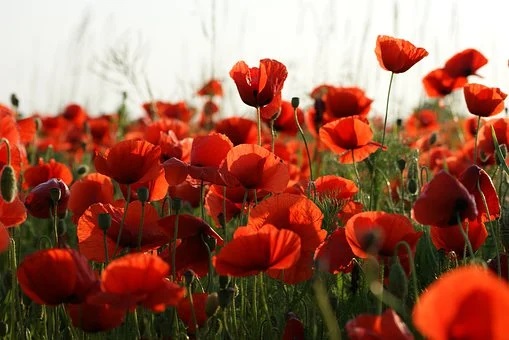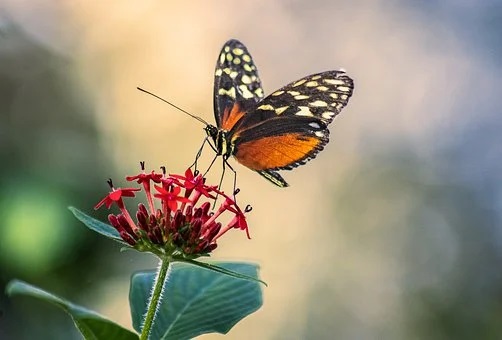What is real? As an example, all the appearances in a dream are not real to a person who is awake; however, they are very real to a person in the midst of a dream, just as the experiences in life are very real to a person during the day. Similarly, a practitioner and a non-practitioner see this world differently. However, each thinks the world he or she lives in is real.
According to the Buddha, the life that ordinary people live is real to them. Hence, ordinary people can only do what is right; they must not do what is wrong such as stealing, cheating, lying, taking life, etc. However, this reality is just relative reality, not absolute reality.
~Depicted from ARE YOU READY FOR HAPPINESS - The Significance of Buddhist Philosophy Today











